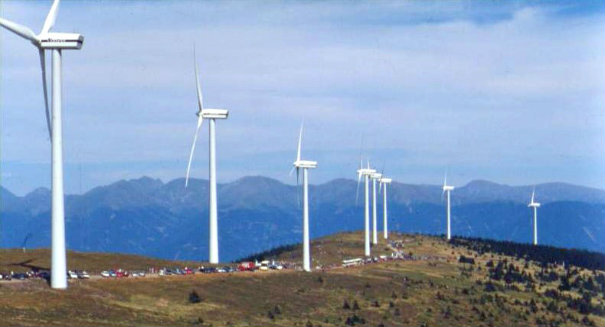
New magnetic alloy made with abundant cerium may reduce need for scarce and costly dysprosium in car and wind turbine production.
Scientists at the U.S. Department of Energy’s Ames Laboratory have created a new magnetic alloy that may decrease the cost of cars and wind turbines in the near future. The new magnetic material is reportedly able to act as an alternative to dysprosium, one of the scarcest and most expensive rare Earth elements.
The new alloy is composed of neodymium, iron and boron “co-doped “with cerium and cobalt. This is not the first time scientists have attempted to use cerium in rare-earth magnets; past efforts have been unsuccessful because the element reduces the Curie temperature and thus takes away an alloy’s magnetic properties, but Ames Laboratory discovered that their co-doping method coupled with cobalt allowed them to substitute cerium for dysprosium without reducing the new alloy’s magnetic properties.
“This is quite exciting result; we found that this material works better than anything out there at temperatures above 150 [degrees Celsius],” said study leader Karl A. Gschneidner. “It’s an important consideration for high-temperature applications.”
Since cerium is an extremely abundant element and dysprosium is one of the “scarcest and costliest,” this new alloy may soon help reduce the cost of cars and wind turbines.
“Finding a comparable substitute material is key to reducing manufacturing reliance on dysprosium; the current demand for it far outpaces mining and recycling sources for it,” wrote the researchers in their paper “Cerium: An Unlikely Replacement of Dysprosium in High Performance Nd-Fe-B Permanent Magnets,” which was published in a recent edition of the journal Advanced Materials.